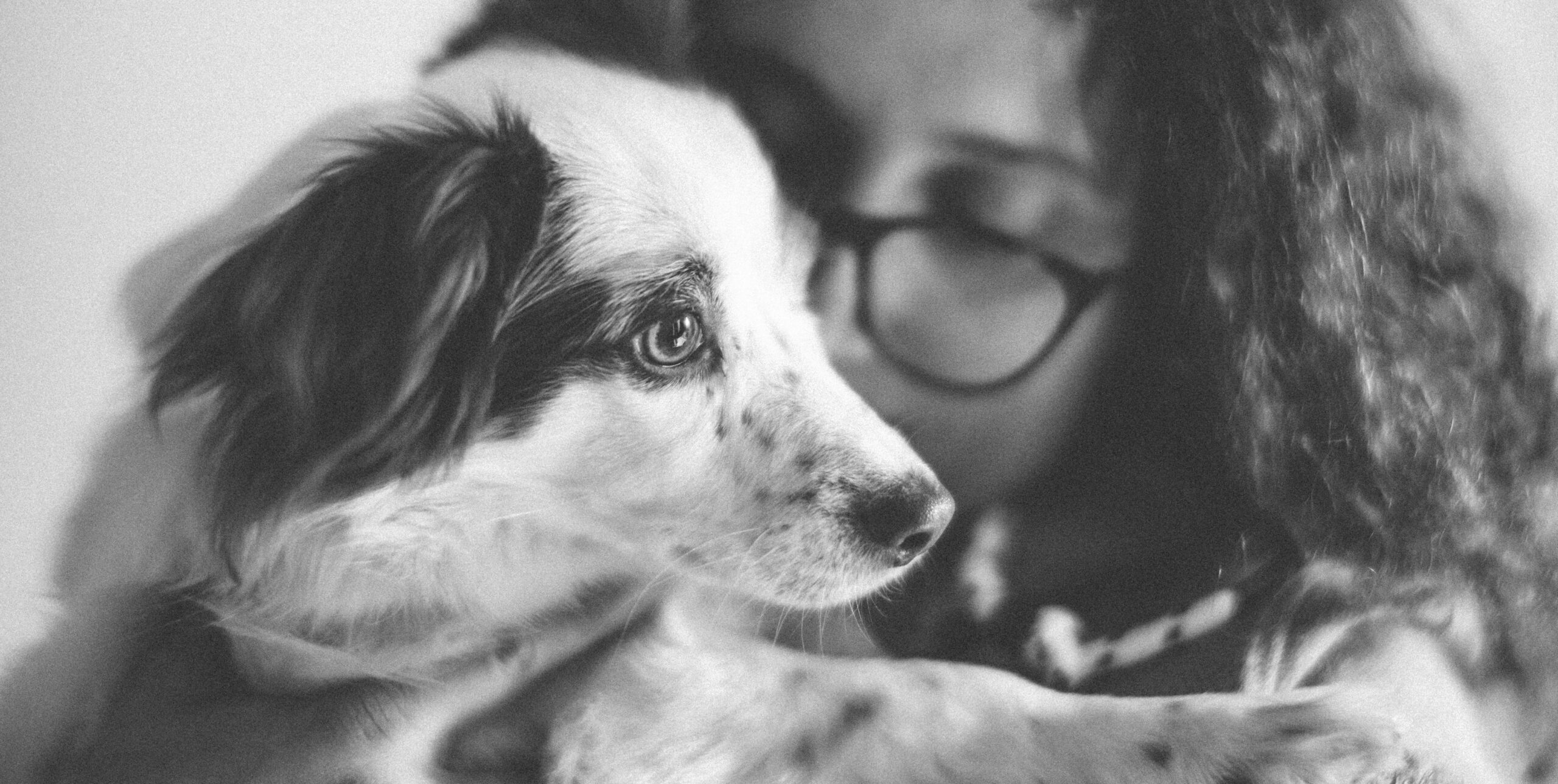A strong bond with your dog is about more than just cuddles and tail wags. It’s the foundation of trust, communication, and companionship that shapes your relationship for years to come. Whether you’ve just adopted a new pup or want to deepen your connection with a longtime friend, strengthening your bond helps create a happier, more confident, and well-behaved dog.
In this article, you’ll discover proven ways to build a strong and lasting bond with your dog — one that brings joy and harmony to both of your lives.
Why bonding matters
Bonding isn’t just emotional — it has real-world benefits for both you and your dog. A well-bonded dog is:
- More responsive to training
- Less likely to develop behavior problems
- Calmer in stressful situations
- More attuned to your emotions
- More likely to follow commands in emergencies
- Happier, healthier, and more trusting
For the human, the benefits include reduced stress, improved mental health, and the joy of a loyal companion who feels like family.
Spend quality time together
Quantity is important, but quality matters more. It’s not just about being in the same room — it’s about being present.
Ideas for quality time:
- Go for daily walks at a relaxed pace
- Sit together on the floor and offer gentle petting
- Explore new trails, parks, or paths together
- Include your dog in activities like gardening or watching TV
- Make time for unstructured play — just for fun
Dogs live in the moment. When you slow down and share that moment with them, connection grows.
Learn your dog’s language
Every dog has their own way of expressing emotions. Learning how your dog communicates helps build mutual understanding and prevents miscommunication.
Watch for body language cues like:
- Tail wagging (fast vs. slow, high vs. low)
- Ear position (forward, relaxed, flattened)
- Eye contact or avoidance
- Yawning, licking lips, turning away (often signs of stress)
- Relaxed body vs. stiff posture
Responding appropriately — by giving space, offering comfort, or celebrating joy — helps your dog feel understood and secure.
Train with positive reinforcement
Training is one of the most powerful bonding tools you have. It provides structure, builds communication, and strengthens trust.
Tips for bonding through training:
- Use positive reinforcement (treats, praise, play)
- Keep sessions short and fun — 5 to 10 minutes
- Be consistent with commands and rewards
- Celebrate progress, even small wins
- Make it part of your daily routine
Teaching tricks, basic obedience, or leash skills not only improves behavior — it shows your dog that working with you is rewarding.
Play together
Play is how dogs learn, express themselves, and connect with others. And it’s one of the best ways to bond.
Types of play that build connection:
- Tug-of-war (with clear rules and gentle engagement)
- Fetch or chase games
- Hide and seek (you or toys)
- Interactive toys or puzzles
- Gentle wrestling (only with dogs that enjoy it and play safely)
Let your dog win sometimes. Make play cooperative, not competitive. And always pay attention to their mood — the goal is fun, not overstimulation.
Touch with intention
Physical affection is a powerful bonding tool — when done right. Most dogs love being petted, but preferences vary.
Bonding through touch:
- Pet slowly and gently, especially on the chest, shoulders, or base of the neck
- Avoid fast or rough movements unless your dog clearly enjoys it
- Massage your dog’s muscles or paws during quiet moments
- Groom regularly — brushing can be relaxing and soothing
- Respect boundaries — if your dog pulls away, give space
Touch builds trust and communicates love in a language your dog understands.
Create routines and structure
Dogs feel safer and more connected when life is predictable. Routines help your dog know what to expect and when.
Daily rituals that build connection:
- Morning and evening walks at the same time
- Consistent feeding schedule
- Training or enrichment after meals
- Bedtime cuddles or quiet time
Routines don’t have to be rigid — just reliable. Structure builds trust and reduces anxiety, especially in rescue or reactive dogs.
Explore new things together
Shared experiences deepen bonds. Going on adventures, even small ones, helps create positive memories between you and your dog.
Ideas for bonding adventures:
- Visit a new park or hiking trail
- Take a road trip or dog-friendly vacation
- Try agility, nose work, or swimming
- Attend dog-friendly events or markets
- Enroll in a training or enrichment class together
New experiences challenge your dog’s brain and body — and they learn to trust you as their guide.
Be patient and present
Building a bond takes time. It’s not about doing everything perfectly — it’s about showing up, every day, with patience and care.
If your dog is shy, fearful, or has a history of trauma:
- Let them approach you on their own terms
- Use food, toys, and kindness to build trust
- Avoid overwhelming situations
- Celebrate small steps forward
- Let the relationship grow at their pace
Love and trust are built over time — through consistency, respect, and presence.
Strengthen your connection every day
The strongest bonds aren’t built in big moments — they’re built in the everyday routines, glances, walks, and shared silences. You don’t need fancy toys, long vacations, or complex training to connect deeply with your dog.
Just be there. Be kind. Listen. Play. And keep showing up.
Because in your dog’s eyes, you are their world. And when you truly see them back — that’s where the magic happens.

